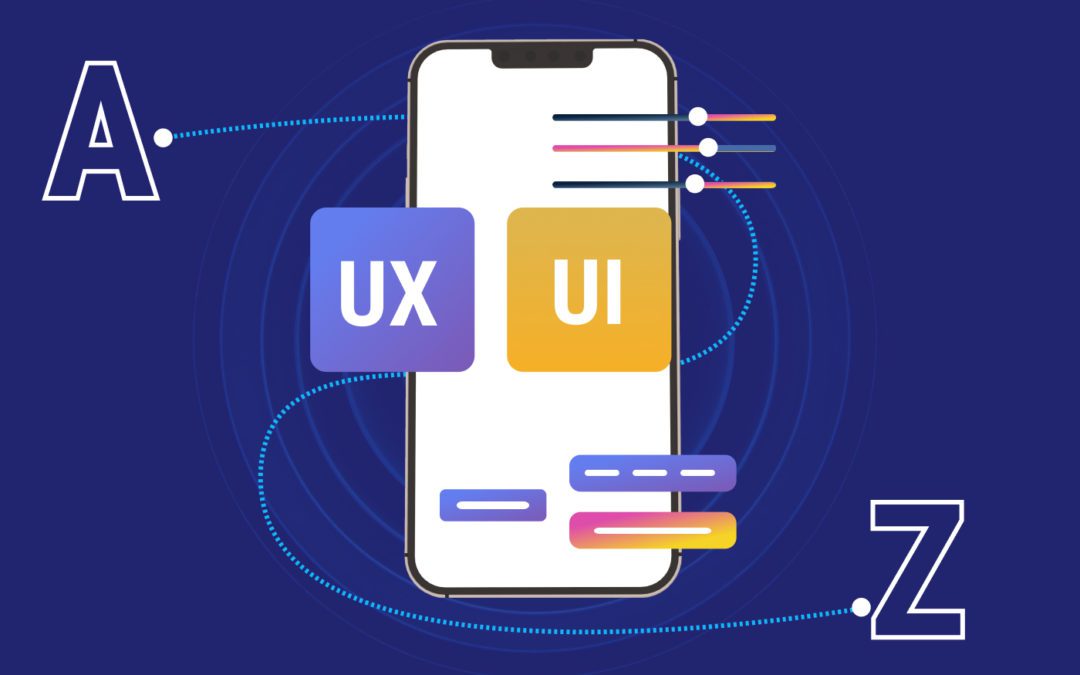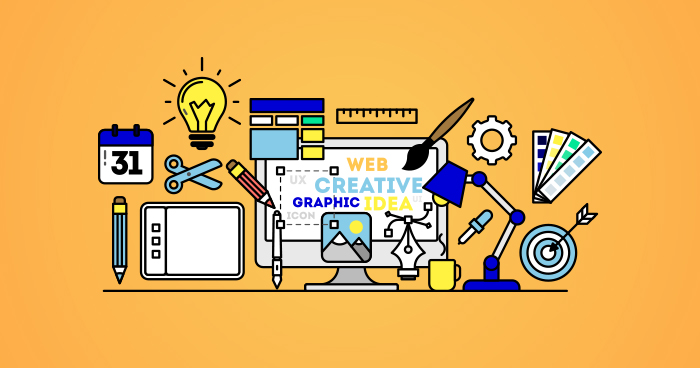
If you're interested in CSS Grid, this tutorial will help you set up cells and areas using code. To create areas, you will need to merge cells into a container using the "grid-template-areas" command. The area's name will be written in cells. But, each line must be bracketed using "#" symbols. To make horizontal cells, you'll write "p".
Explicit gridlines
The syntax of Explicit gridlines is much easier than that of the implicit grid. The implicit grid is defined at 200 pixels wide by 60 pixels high regardless of container size. There is an option to make it flexible using the minmax() operation. This will enable you to place any number of items within the same grid cell. You can also use the fit content() function to make complex grids.
Tracks of the explicit grid
Explicit grid tracks represent columns and rows of a table. The explicit grid is the first row, while the implicit grids are the second and third. Implicit tracks use dotted horizontal grid lines. The green arrows in the Grid Inspector point to the ends of the explicit tracks. It is easy to see the spaces between rows and columns, and how to use them. Infused grids will be covered in the next CSS grid tutorial.

Explicit grid columns
You can define the rows-groups of your CSS layout by using CSS. Although they behave the same as implicit grids, explicit grids are often used to create more complex layouts. An implicit grid also respects the writing mode. This means that the column's first line is always on the left for languages that write from left to right. You also have the option to define row groups properties in your layout.
Explicit grid rows
Explicit grids are the default option, but sometimes you need to use explicit placement as well. A track's size can create an explicit grid. This tutorial will teach you about implicit grids and explicit tracks. Read on to learn how to use these in your own CSS. Let's first discuss the differences between implicit and explicit grids.
Explicit grid-column gap
The CSS row and column gap properties determine how much space is between columns in a grid layout. They are automatically sized by default. However, you can adjust the gap size using the row-gap or column-gap property. It is important to choose a positive value for these properties when you are defining them. Here is an example of how the column-gap properties can be used:
Gaps in explicit grid rows
An explicit grid gap allows you the ability to specify in CSS the height of a row or column. The gaps between rows and columns are not visible at the grid's edges. The property 'explicit" sets these properties to a value measured in pixels. You can specify a custom number or percentage in the container width. 60px is the default. A grid-auto-rows property is a better option.

Explicit grid track numbers
This CSS grid tutorial shows you how explicit grid track names can be created. Names for lines in your grid will appear in the code. They can also be included in the track listing. Repeat notation allows you to accomplish this. If you want to include more than one line in the track listing, you can use col-a-start or col-b-start. You can use both of these to select a line.
FAQ
What is a static site?
A static site is one that stores all content on a server. Visitors can access the website via web browsers.
The term "static", as it is sometimes called, refers not to dynamic features such changing images, videos, animations, etc.
This site was initially designed for corporate intranets, but it has been adopted by individuals or small businesses who desire simple websites that don't require complex programming.
Static websites are becoming more popular due to their ease of maintenance. They are simpler to update and maintain than fully-featured websites that have many components (like blogs).
They also load more quickly than dynamic counterparts. This makes them great for those who have slow Internet connections or users with mobile devices.
A static website is more secure than its dynamic counterparts. There's nothing to hack into a static website. Hackers only have access to the data that resides inside a database.
There are two main options for creating a static website.
-
A Content Management System (CMS),
-
Static HTML Website Creation
It depends on what your needs are. If you're new to creating websites, I recommend using a CMS.
Why? Because it gives you complete control over your website. A CMS eliminates the need for a professional to set up your site. Upload files to the website server.
It is possible to still learn how code can be used to create static websites. It will take some time to learn to program.
Can I build my website using HTML & CSS?
Yes, you can! You will need basic knowledge of web design and programming languages like HTML (Hyper Text Markup Language) and CSS (Cascading Style Sheets). These languages can be used to create websites which can then be viewed by everyone who has an internet connection.
How much do web developers make?
You can expect to make between $60-$80 an hour working on your own website. Independent contractors are a better option if your goal is to charge more. An hourly rate of $150-200 could be possible.
Which platform is best for designing a website?
The best platform for designing a website is WordPress. It offers all the features that you need to build a professional-looking website.
It is easy to customize and install themes. There are thousands of themes online that you can choose from.
Plugins allow you to add functionality, such as adding social media buttons or creating contact pages.
WordPress is extremely user-friendly. To change your theme files you don't need HTML code. Click on an icon to select the theme you wish to change.
Although there are many platforms out there, I prefer WordPress. It's been around since the beginning and is still being used by millions of people worldwide.
Do I Need Any Technical Skills To Design And Build My Site?
No. You just need to be familiar with HTML and CSS. Online tutorials can be found that cover both HTML and CSS.
What Should I Add to My Portfolio?
All these items should be part of your portfolio.
-
Some examples of your past work.
-
If you have one, links to it.
-
These are links to your blog.
-
Links to social media profiles
-
You can also find links to other designers' portfolios online.
-
Any awards you've received.
-
References.
-
Examples of your work.
-
These links show how to communicate with clients.
-
Links showing you're willing to learn new technologies.
-
These are links that show your flexibility
-
You can find links that reflect your personality.
-
Videos showing your skills.
Statistics
- At this point, it's important to note that just because a web trend is current, it doesn't mean it's necessarily right for you.48% of people cite design as the most important factor of a website, (websitebuilderexpert.com)
- It enables you to sell your music directly on your website and keep 100% of the profits. (wix.com)
- When choosing your website color scheme, a general rule is to limit yourself to three shades: one primary color (60% of the mix), one secondary color (30%), and one accent color (10%). (wix.com)
- It's estimated that chatbots could reduce this by 30%. Gone are the days when chatbots were mere gimmicks – now, they're becoming ever more essential to customer-facing services. (websitebuilderexpert.com)
- Is your web design optimized for mobile? Over 50% of internet users browse websites using a mobile device. (wix.com)
External Links
How To
How to become a web designer?
Websites are more than just HTML code. It's an interactive platform that lets you communicate with users, and offer valuable content.
Websites can be more than just a means of delivering information. It should also serve as a portal to your company. Customers should find the information they are looking for quickly and efficiently. It should also show them how to interact with you company.
The best websites enable visitors to find exactly what they want and then move on.
To achieve this goal, you will need to develop technical skills as well as design aesthetics. You will need to understand HTML5 coding principles and CSS3 styling. Also, you'll need to keep up with the latest developments and JavaScript.
InDesign, Photoshop and Illustrator are all tools that can be used to create and edit websites. The style guide includes everything you need, from fonts, colors, and layout.
To learn more about becoming a web designer, you can start by reading articles or taking online courses.
Although it might take you months or even years to finish your degree program you will be ready to join the workforce once you have earned it.
Practice makes perfect! You will build amazing websites if you are a better designer.